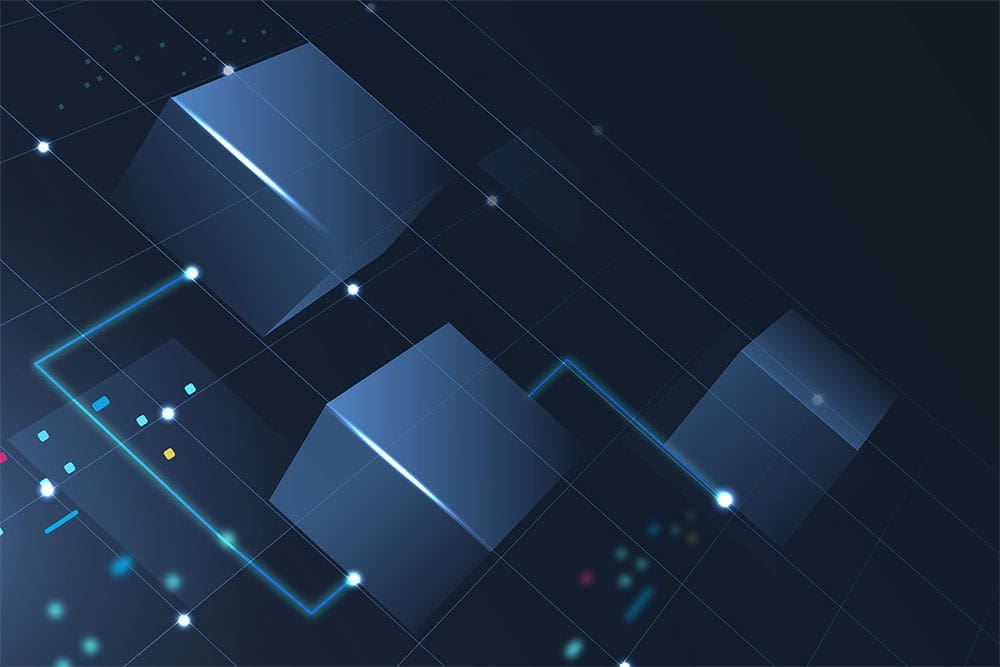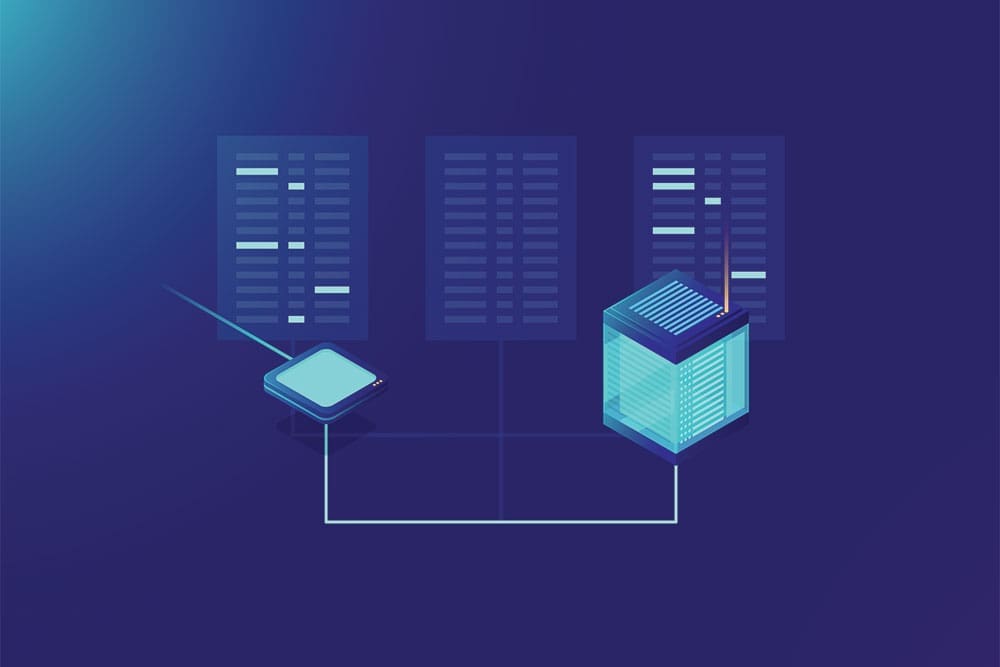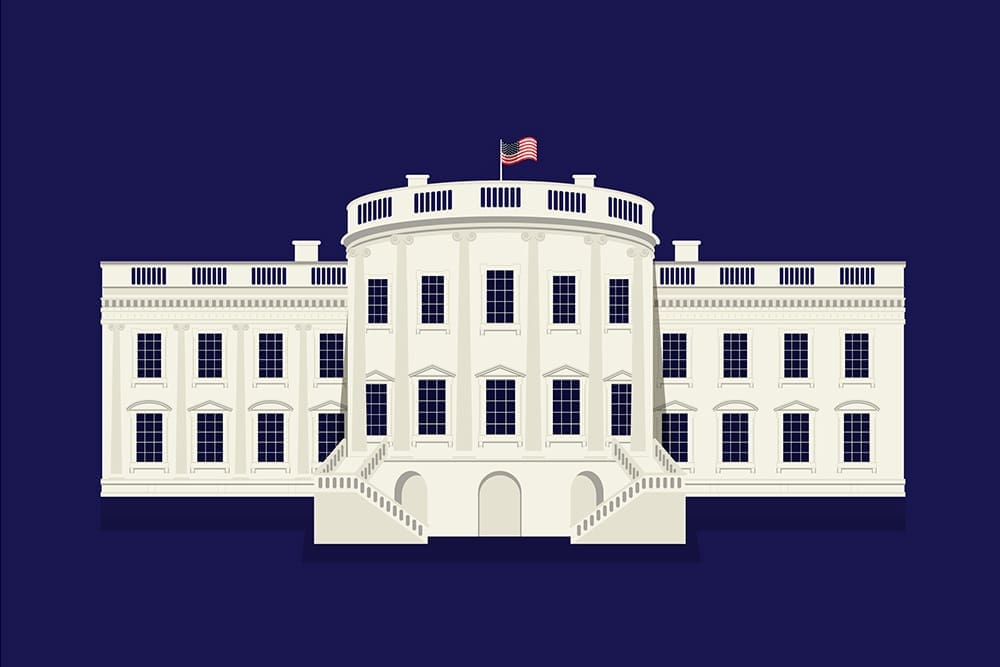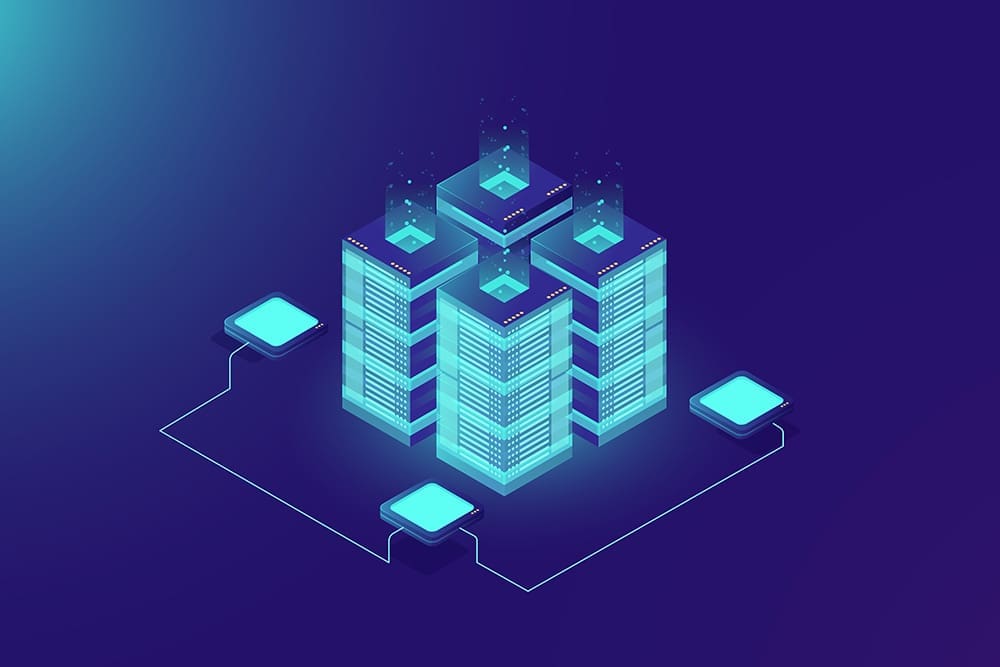Image by rawpixel.com on Freepik
Imagine you’re keeping a journal, but instead of writing it in a notebook, you’re writing it in a special book that everyone can see but no one can change. Each page in this book is like a record of something important—like a transaction or event. Once you write something on a page, no one can go back and erase it. That’s the basic idea behind blockchain.
Now, let’s break down what blockchain is, how it works, and why it’s getting so much attention today.
What is Blockchain?
At its core, a blockchain is a digital ledger—think of it as a fancy, high-tech version of a notebook. The big difference is that blockchain doesn’t live in one place, like your notebook on your desk. Instead, it’s shared across a network of computers all over the world.
This digital ledger keeps records of transactions, agreements, or anything that needs to be tracked. Once a piece of information is recorded, it’s permanent. You can’t change it, and you can’t delete it. Blockchain uses clever technology to make sure everything is secure, transparent, and trustworthy.
Breaking Down the Name: “Blockchain”
The word “blockchain” comes from two parts:
- Block: A block is a collection of records or information, like a page in the journal. It contains important data—like who sent money to whom, the amount, and the time it happened.
- Chain: Each block is linked (or chained) to the one before it. Imagine each page in your journal has a reference to the previous one, so if someone tries to change one page, all the pages afterward will be affected. This makes it almost impossible to tamper with.
How Does Blockchain Work?
Let’s take an example to explain how blockchain works:
Step 1: The Transaction
Imagine you want to send money to a friend. You decide to do it using Bitcoin (which is a type of cryptocurrency that uses blockchain). When you send Bitcoin to your friend, a record of this transaction is created.
Step 2: The Block
This transaction is grouped together with other transactions happening around the same time, forming a block. The block holds all the information about who is sending money, who is receiving it, and the amount. The block also includes a timestamp (the exact moment the transactions happened).
Step 3: Verification by the Network
Before the block can be added to the blockchain, the network of computers (called nodes) must agree that everything is correct. These nodes are spread across the world, and they work together to check if the information in the block is valid.
Think of it like a group of people checking your math homework. Everyone needs to agree that your answers are correct before you can move on. If something is wrong, the block is rejected.
Step 4: Adding the Block to the Chain
Once everyone agrees, the block is added to the existing chain of blocks (hence, blockchain). This creates an unchangeable record that is visible to everyone. You can’t go back and modify a block that’s already part of the chain without changing every block after it—and that would require the majority of the network to agree, which is incredibly hard to do.
Step 5: Finalization
Once added, the transaction is considered final. Your friend now has the Bitcoin you sent, and everyone on the network can see that the transaction has taken place.
Why is Blockchain So Special?
Blockchain has some key features that make it stand out from traditional ways of keeping records or conducting transactions:
Decentralization
Unlike banks or other organizations that have one central point of control, blockchain doesn’t have a single “boss.” Instead, it’s decentralized, meaning no one person, company, or government controls it. The network is made up of lots of computers (called nodes) that work together to verify and record transactions. This makes it more transparent and harder to manipulate.
Security
Blockchain uses strong encryption to protect information. Each block is connected to the one before it, and changing any block would require altering every block after it. This makes blockchain incredibly secure. It’s also nearly impossible for hackers to go back and change the information because they’d need to control most of the network.
Transparency
Anyone can view the records on the blockchain. If you’re using a blockchain like Bitcoin, anyone can see all the transactions that have ever been made. However, while the transaction details are public, they are also anonymous. For example, Bitcoin transactions show wallet addresses (a random string of characters) rather than the names of the people involved.
Immutability
Once data is recorded on a blockchain, it’s nearly impossible to change. This makes it an ideal way to track anything that needs to be tamper-proof, like financial transactions, contracts, or even the supply chain of products.
Trustless
In traditional systems, you rely on a trusted middleman (like a bank or notary) to verify transactions. With blockchain, there’s no need for a middleman. The system itself ensures trust through cryptography and consensus mechanisms (the way the network agrees that transactions are valid).
Real-World Uses of Blockchain
While blockchain is most famous for powering cryptocurrencies like Bitcoin and Ethereum, its uses go far beyond that. Here are some examples of how blockchain is being used today:
Cryptocurrency
Bitcoin, Ethereum, and other cryptocurrencies rely on blockchain to allow people to send money to each other without needing a bank. The blockchain keeps track of every transaction, ensuring no one can double-spend or cheat the system.
Supply Chain Tracking
Companies can use blockchain to track the journey of a product from the manufacturer to the consumer. For example, a company could use blockchain to prove that a piece of clothing was made with fair labor practices or that food has been handled safely at every step of its journey.
Smart Contracts
A smart contract is a self-executing contract where the terms are directly written into lines of code. These contracts automatically execute when certain conditions are met. For example, a smart contract could be used to automatically release payment for a service once the service is completed.
Voting Systems
Blockchain can be used to build a secure, transparent digital voting system. Voters could cast their ballots on a blockchain, ensuring that votes are counted correctly and that no one can tamper with the results.
Healthcare Records
Blockchain can store medical records securely and give patients control over who accesses their information. It could also ensure that healthcare providers have access to up-to-date, accurate patient data.
Challenges and Limitations of Blockchain
While blockchain is an exciting technology, it does have some challenges:
Scalability: As more people use blockchain, the system can slow down. Processing lots of transactions quickly is still a challenge for many blockchain systems.
Energy Consumption: Some blockchains (like Bitcoin) require a lot of computational power to verify transactions, which uses a lot of energy. This has raised concerns about the environmental impact of blockchain.
Regulation: Governments around the world are still figuring out how to regulate blockchain-based technologies, especially cryptocurrencies. Clear regulations are necessary for wider adoption and safety.
Complexity: Blockchain can be difficult for the average person to understand. This complexity makes it harder for mainstream adoption, even though the technology itself is powerful.
The Future of Blockchain
Blockchain technology is still relatively new, but it’s already making waves in many industries. Over time, we can expect it to become more efficient, user-friendly, and integrated into everyday life. It could reshape industries like banking, healthcare, supply chains, and more.
For now, it’s important to remember that blockchain is still evolving. But if it continues to develop at its current pace, it may just be the foundation of a new, decentralized digital world.
Conclusion
Blockchain is like a digital notebook that’s shared and trusted by many people around the world. It keeps records that can’t be changed or deleted, and it’s protected by strong encryption to make sure everything is secure. While it’s most famous for enabling cryptocurrencies like Bitcoin, blockchain is also being used in many other areas, from supply chains to healthcare.
It’s not perfect, but it’s a technology with a lot of potential. As more people understand it and as the technology improves, blockchain could have a major impact on the way we conduct business, vote, and even interact with one another online.




